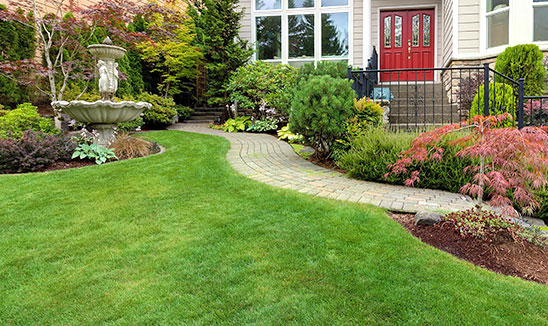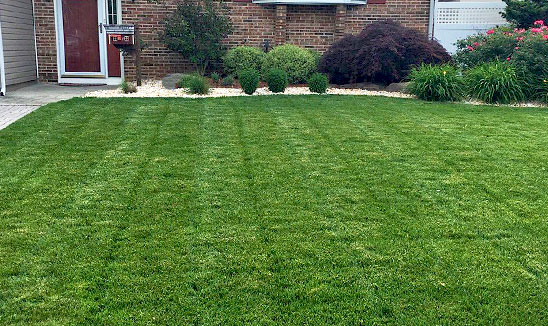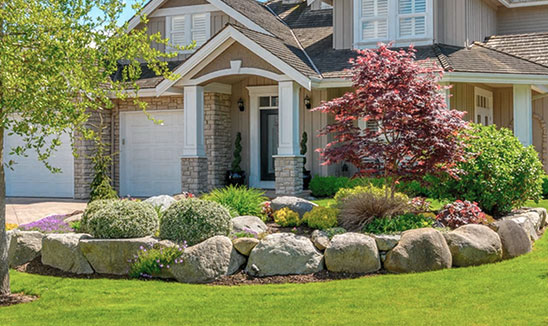Achieving a well-manicured lawn entails year-round effort. However, some lawn care practices are better done in a particular season rather than another. When it comes to lawn care, Cottleville MO locals can fare better by breaking tasks down, season by season.
Spring
As the season grows warmer, this is the perfect opportunity to lay down the groundwork for lawn care. During spring, the focus will be on optimizing the growth of the grass.
One of the first tasks you need to do is to make sure that your trusty lawnmower is in tip-top shape. Check its blade and see whether it is still sharp or if it needs to be replaced. The last thing that you want is to unnecessarily damage your lawn with dull mower blades. Next, check its air filter and sparkplug to see whether these also need replacement. Finally, if you did not drain the gas off the lawn mower and you let it sit all through winter, you’ll need to drain the gas and top it off with fresh gas. Before mowing, make sure that the grass is dry to avoid spreading disease.
During winter, twigs and leaves may have accumulated on your yard. If you wait further and do not immediately clear your lawn, this debris can form a layer over the turf and smother it. Begin raking and cleaning up before even thinking about using fertilizers and pesticides.
Fertilizing the lawn is best done during winter when the grass starts to grow actively. If you are doing this by yourself, make sure to follow the instructions found on the product label.
Another task best done during springtime is aeration. Over time, the soil on your lawn becomes compacted and you need to aerate it to ensure that the much-needed nutrients reach the grass optimally.
As the grass begins actively growing, so do weeds. As such, this is the best time to take decisive action against these unwanted guests. For this, your first line of defense would be to apply a pre-emergent herbicide.
Summer
As the season transitions to summer, homeowners should be on the lookout for signs of grubs which damage the roots of grasses. Apart from the visible presence of grubs, you’ll notice brown patches on your lawn, indicating the presence of these pests. For this, you can either use an insecticide or milky spore.
It may be tempting to clip your grass very short as it begins to grow at a fast pace. However, it is always better to mow regularly than cut it too short. In order to encourage its healthy growth, cut no more than a third of the grass blade.
As for weeds, some of these manage to still invade your lawn despite the application of herbicide. If you see a few sprouting up on your lawn, manually remove these. Make the use of post-emergent herbicides your final option.
During summer, you might want the grass to grow longer than usual to curb the growth of weeds and encourage better soil moisture. When you do mow your lawn, it is all right to leave the grass clippings behind and let these decompose. However, for larger debris like leaves and twigs, it is better to clear your lawn of these.
As for watering, water deeper but less frequently.
Fall
As the temperature starts to plummet, this is the best time to cover bald spots on your lawn. Dead grass should be removed and compost should be added to the soil. Next, begin re-seeding and lightly water the spot until new grass has emerged. You may also want to put some grass clippings on the area which you re-seeded in order to maintain soil moisture.
You may also have to be vigilant against the over accumulation of debris on your lawn. Make sure to regularly rake fallen leaves and twigs off your lawn and either dispose of these or turn these into mulch.











